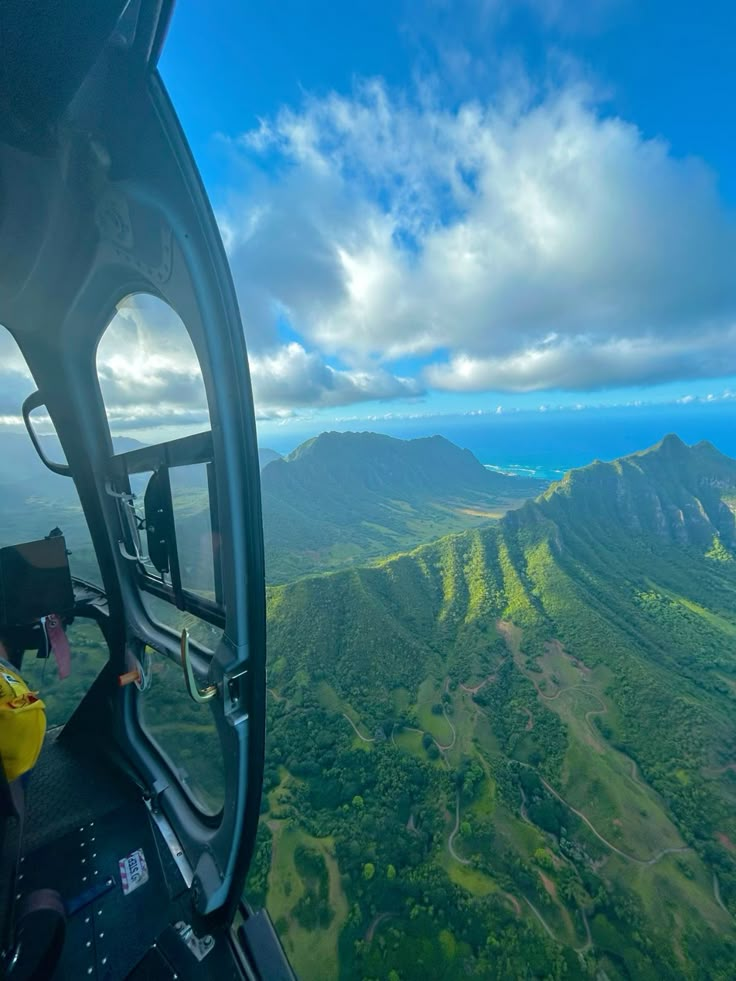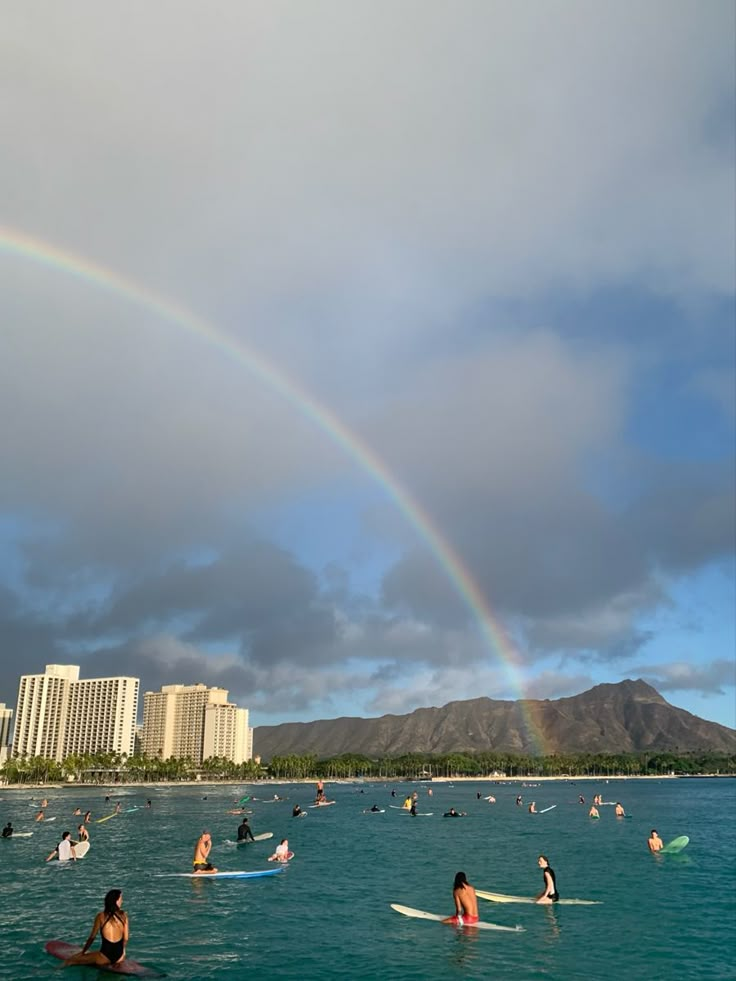Discover Honolulu


History
Where Polynesian heritage meets aloha spirit. Honolulu’s history stretches back to ancient Hawaiian settlements, where Waikīkī’s fishponds and taro fields thrived. In 1795, King Kamehameha I unified the islands, making Honolulu his capital. The 19th century brought whalers, missionaries, and sugar plantations, forever altering its demographics. The 1893 overthrow of Queen Lili‘uokalani led to U.S. annexation, and Pearl Harbor’s 1941 bombing thrust Hawaii into WWII. Statehood (1959) and jet travel made Honolulu a tourism magnet, yet Native Hawaiian activism preserves its cultural roots from hula on Kūhiō Beach to protests protecting Mauna Kea.
Geography
Honolulu hugs O‘ahu’s south shore, wedged between the Ko‘olau Mountains and the Pacific. Waikīkī’s crescent beach, backed by high-rises, contrasts with the volcanic craters of Diamond Head and Punchbowl. Trade winds keep temperatures near 80°F year-round, with sporadic rainbows and winter surf swells. The urban core blends with ‘āina (land) lush valleys like Mānoa, coral reefs off Hanauma Bay, and the sacred summit of Lē‘ahi (Diamond Head).
Why Visit Honolulu?
🏝 Stunning Beaches
Relax on Waikīkī or explore secluded coves along O‘ahu’s coast.
🌋 Natural Wonders
Hike Diamond Head, snorkel Hanauma Bay, and see lush valleys.
🌺 Rich Hawaiian Culture
Experience hula, music, and traditions that define aloha spirit.

